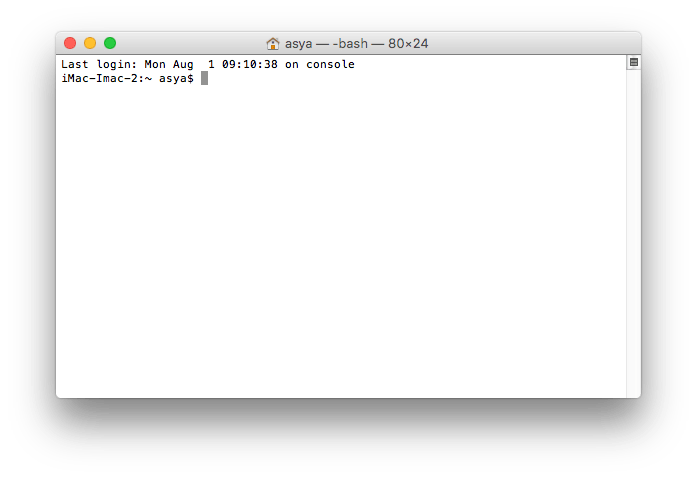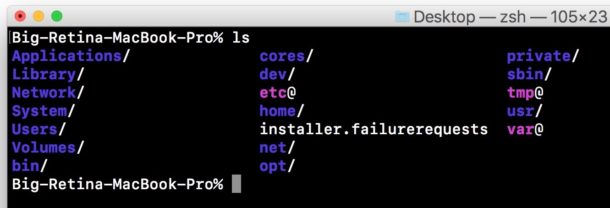
Method 2- Use Keyboard Shortcut to Force Quit Apps

Tap the Force Quit button at the bottom right.ĭoing so will end the app instantly. Select the app or service you want to stop.ģ. Press the Command + Option + Escape keys to launch the Force Quit tool on your Mac.Ģ. MacOS comes with a built-in Force Quit tool that lets you kill apps that are no longer responding or cannot be closed normally.

Method 1- Kill Apps Using Force Quit Tool And, in case you want to stop a command you've input, you can do that by tapping the window (if it isn't already selected) and holding down the "control" key and hitting "c." Or, if you want to repeat a command, simply use the up arrow key to cycle through previously used commands and, when you see the one you want, press "return."ĭon't worry if you make a mistake in your command pathways: You'll just get a message back saying something along the lines of, "No such file or directory exists.While people generally rely on the Force Quit tool to force stop apps, below are nine different ways you can do it on your Mac computer. If you need to get to your Terminal's settings, hold down the command key while tapping the comma button. Note that the file pathway is also fundamental here. Open -a "APP NAME" Open a text-based file using the text editor: Open Open a file using an application you specify:Īgain, you'll need the file pathway to use this command. In either case, hit the spacebar following the app name and then the command would take hold. Even though the latter appears to only copy the actual file name, it actually captures the full pathway. To do so, you can either drag the file to the Terminal window to add to the line, or right click the file and select "Copy " and then use the Command+V shortcut to paste it into the Terminal. Open -a "APPLICATION NAME" Open a file using the default application:įor this, you'll have to know the command pathway for the file you want to access. Or, if the application has a space in its name:

If you input this exact phrasing, Terminal will open your Spotify app.


 0 kommentar(er)
0 kommentar(er)
